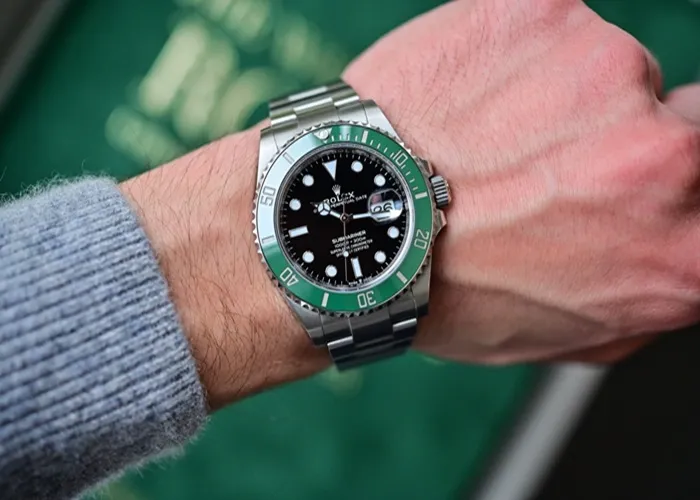As the New Year brings updated price policies across various industries, Rolex has followed suit with a fresh price list for 2025, showing notable changes in the costs of its models. This is not unique to Rolex, as price hikes are a common trend in the luxury goods market. Over the past three years, the brand has consistently raised prices, with increases affecting different models in varying degrees.
In 2023, Rolex implemented significant price increases, particularly for precious metal and two-tone watches, while steel models saw the brunt of the rise in 2022. However, the 2024 price list showed a more modest increase, averaging around 4%, suggesting a more stable economic environment. The 2025 price list, now available, reveals both good and bad news for buyers, depending on the type of watch they are seeking—steel or gold.
To provide a reliable comparison with previous years, we will apply the same methodology as before: year-on-year (YOY) comparisons of Rolex prices from January 1, 2024, to January 1, 2025. These comparisons are based on the French market, in Euros, including VAT. This allows for consistency in examining price trends over time. Notably, for models launched during Watches & Wonders in March 2024, such as the 1908 Platinum, GMT-Master II 126710GRNR, and Deepsea Yellow Gold, we use their launch prices. The 2023 prices have also been included for a broader view of price shifts. Additionally, we will note similar price trends in the UK and US markets.
Rolex’s 2024 price list saw modest increases across most models, with an average rise of about 4%, regardless of the watch series or materials used. This increase mirrors the global economic stabilization after the heavy inflationary impacts of 2023. That year, prices for most models rose by 7% to 8%, with the two-tone Rolesor models experiencing the largest jump at around 11%.
Despite concerns over ongoing global conflicts, including the war in Ukraine and instability in the Levant, the global economy showed signs of recovery in 2024. However, the unresolved crisis in China’s real estate sector has had a significant impact on watch sales in the region. According to data from the Federation of the Swiss Watch Industry (FHS), watch exports to China fell by 26% between January and November 2024 compared to the previous year.
The 2025 price list reveals distinct patterns in price changes based on materials. For stainless steel models, prices remain largely stable. Except for the Daytona model, most steel watches saw an increase of only about 100 euros, reflecting a modest rise of 1% to 1.5%.
Platinum models also experienced minimal price increases, averaging around 1%. This can be attributed to the relatively stable price of platinum, which dropped slightly from 29,008 euros per kilogram in January 2024 to 28,214 euros by December 31, 2024. Similarly, platinum’s price in US dollars fell from 1,007 to 919 dollars per ounce over the same period.
In contrast, two-tone and solid gold watches saw dramatic price increases. Rolesor models, which combine steel and gold, saw an average price rise of 8%, while solid gold models surged by 11%. This increase can be explained by the significant rise in gold prices over the past year. A kilogram of gold rose from 60,618 euros in January 2024 to 80,641 euros by the end of the year, marking a 33% increase. The price of gold in US dollars also jumped from 2,076 dollars to 2,640 dollars per ounce, a rise of 27%.
Rolex’s price hikes in 2025 are largely driven by changes in the cost of materials, particularly gold. While steel and platinum models remain relatively unaffected, the significant price increase for two-tone and solid gold models reflects the sharp rise in the price of gold in the global market. These changes highlight how fluctuations in commodity prices continue to impact the luxury watch industry, with gold’s price surge playing a central role in the rising costs of high-end timepieces.
As always, potential buyers should carefully consider these price shifts when planning their purchases in 2025. While some models remain stable in price, others, particularly those made with precious metals, have become considerably more expensive.
Related Topics:

